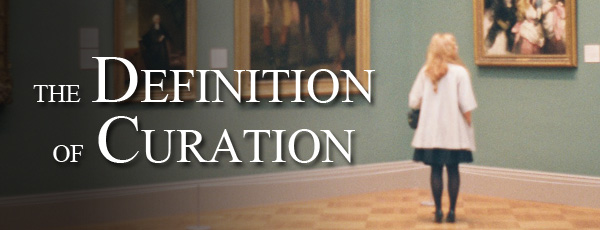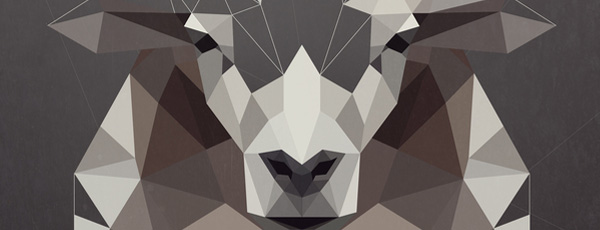
cu·ra·tion (kyəˈrāshən)
The subjective selection, categorization, and arrangement of content.
There are a vast variety of definitions of content curation on the web. Heidi Cohen aggregated 19 different definitions on her blog alone. Part of the cause behind such variety is the inadequate definition offered by Websters Dictionary: “past part. of curare to take care of, heal”. It’s a nice sentiment, but doesn’t help us determine what curation really is, let alone give us insight into phenomenons like Pinterest.
To confuse matter further, many people define curation in terms of the nuts and bolts of how it’s done. And while that can be informative, this approach isn’t very helpful beyond educating would-be practitioners. It’s like defining what flying is by describing how a plane takes off.
Another common pitfall is to define curation with a specific type of content or platform in mind. This makes the definition ungeneralizable and fragile. It’s like defining reading as interpreting the the letters in a book. Does that mean interpreting the words in a newspaper isn’t reading? Limiting the definition of a word to a specific domain can make the definition fragile and inaccurate.
With that said, I am going to wade into the waters and offer a definition of curation that is generalizable and widely applicable:
Curation: the subjective selection, categorization, and arrangement of content.
Curation is subjective
Is there a right or wrong way to make a playlist of music? You might think so, but that would just be your opinion. Is a gallery or art objectively good or bad? If you think so, that is still just your opinion. When curating content, there is no objectively right or wrong way to do it. As a result, curation is subjective.
Curation requires selection
Without picking content to include in a collection, the collection cannot exist. Selecting all content available is merely aggregation. To curate, you must choose.
Curation requires categorization
All of your favorite pictures put into a pile is just a big pile of pictures. When museums store artwork not currently on display in warehouses it’s just a big room of art. Curation requires that the selections be grouped together into categories so as to create meaning through association and comparison. These categories go by many names: collections, lists, groups, pinboards, bundles, galleries, playlists etc.
Curation requires arrangement
The arrangement may be haphazard, or deliberate, but content is always arranged. A museum curator painstakingly crafts the order of content in their exhibit to best communicate the ideas behind the exhibit. Contrast that with most online platforms that display the most recently added content first. In both cases, the content is arranged, even if inadvertently. A thoughtful curator uses the arrangement to better communicate their ideas behind the selections.
What are your thoughts?
To learn more about the definition of curation, familiarize yourself with The Content Filter Framework.





I know this was written years ago, but I GREATLY appreciate this post and am so glad it was written. It has helped me a lot in my understanding of curation. It’s very concise and informative. Thank you Steffon Davis!
Thank you for the note Aelisha! If you like the topic, I wrote a book dedicated to it called The Rise of The Curator Class (Amazon link).